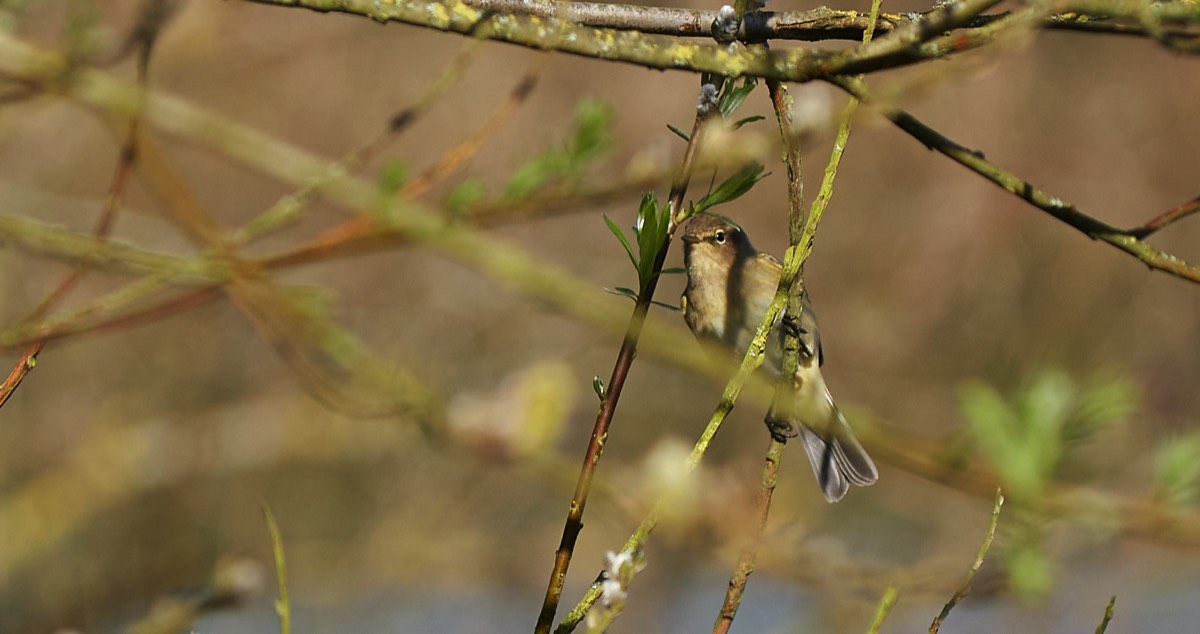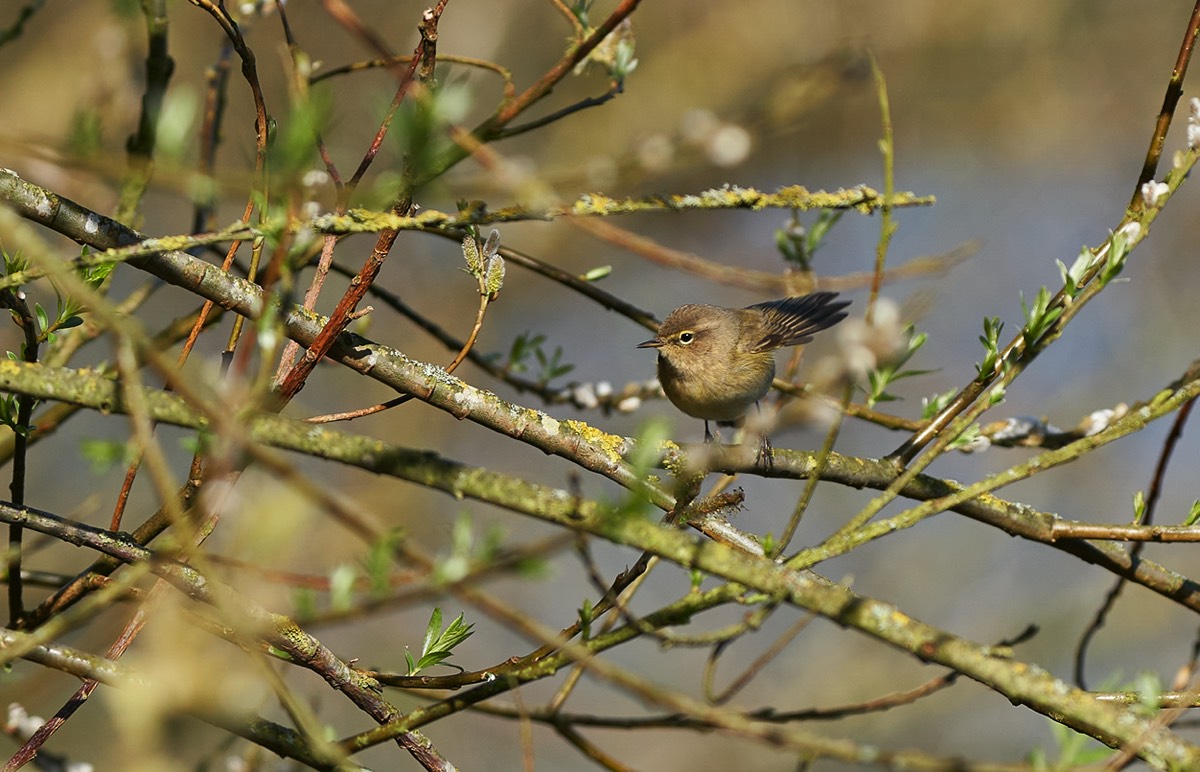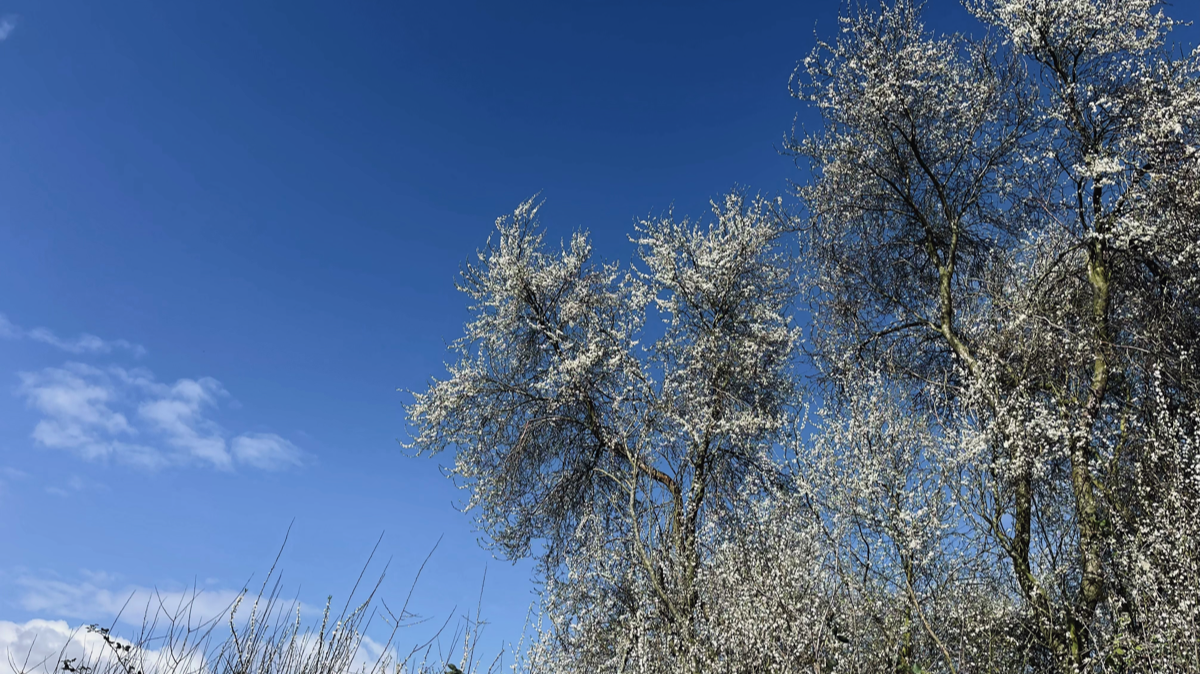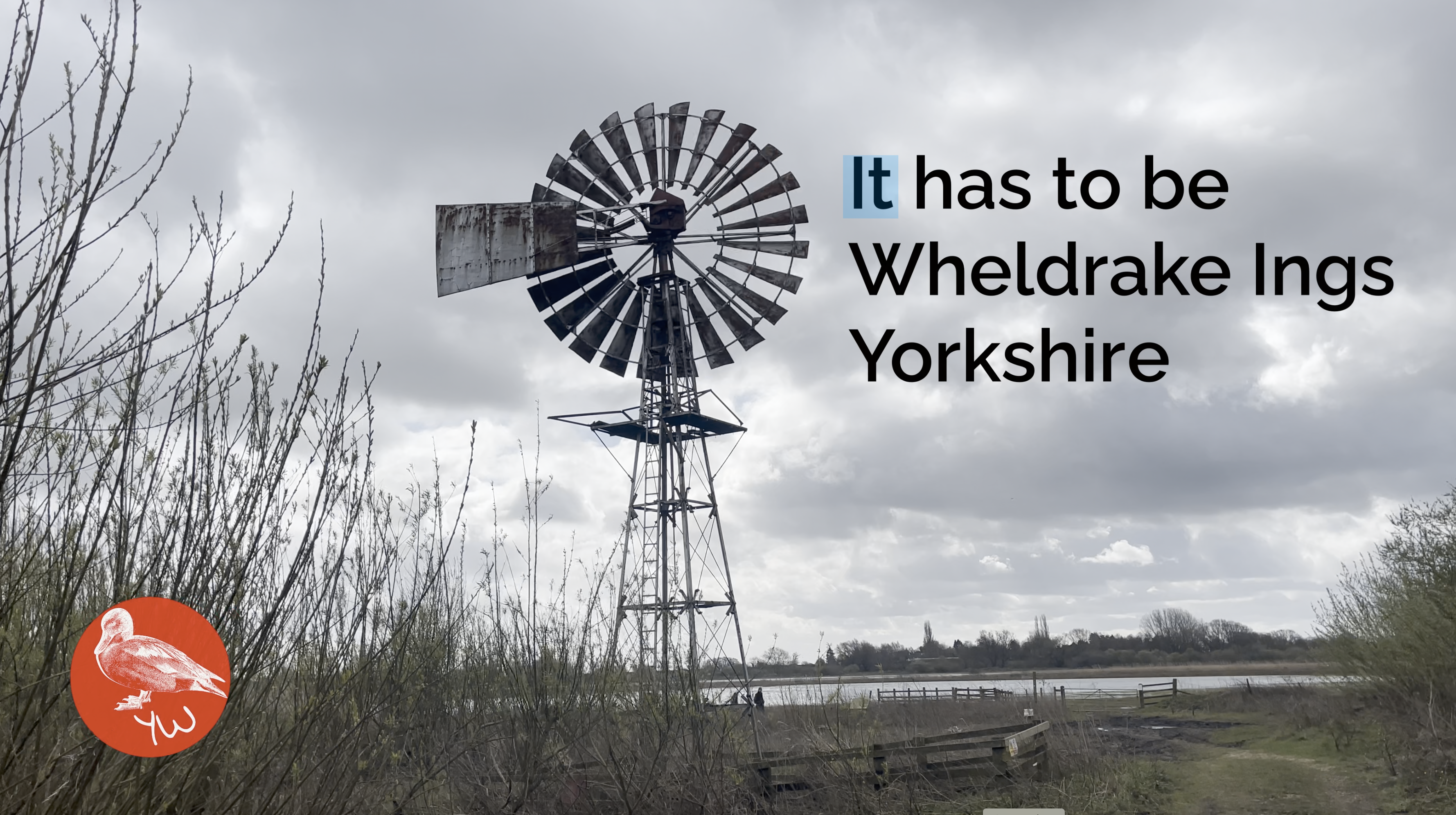Wheldrake Ings, York
Undoubtedly Wheldrake Ings is a fantastic birding destination and it has a lot going for it. Just a few days ago there was over 1000 Black Tailed Godwits, quite a few Pintail and 1000s of other mixed ducks of all kinds. They are all quite distant and a scope is needed for proper identification, however there are many other species of birds in the trees and hedgerows as you walk to the hides.


It's definitely a Chiffchaff year! Chiffchaffs were back early from their migration destination of choice. The bird gets its name from the song it sings and the song is an integral part of the British Spring and summertime landscape. This little Warbler sings its heart out, is attractive and punches well above its diminutive size.
Introduction:
The Chiffchaff (Phylloscopus collybita) is a small passerine bird species belonging to the family Phylloscopidae. It is renowned for its distinctive call, which resembles its name "chiff-chaff." This report aims to provide an overview of the migratory behavior of the Chiffchaff, focusing on its movements, timing, and destinations.
Migration Patterns:
Chiffchaffs are migratory birds, exhibiting remarkable seasonal movements between breeding and wintering grounds. They are primarily found across Europe and western Asia during the breeding season. However, during the colder months, they undertake long-distance migrations to milder regions, particularly in southern Europe and North Africa.
Timing of Migration:
The timing of Chiffchaff migration varies depending on geographical location and environmental factors. Generally, they begin their northward migration from their wintering grounds in February and March, reaching their breeding territories by April. The return migration to wintering grounds typically occurs from August to October, with individuals departing breeding areas as early as late July.
Migration Routes:
Chiffchaffs follow several migratory routes, with populations from different regions exhibiting varying paths. Birds breeding in western Europe typically migrate southwest across the English Channel, while those breeding in central and eastern Europe may take a more southerly route through the Mediterranean. Some populations from as far east as Siberia migrate southwest through central Asia, joining the main migration routes in the Middle East.
Wintering Grounds:
During the winter months, Chiffchaffs inhabit a range of habitats in southern Europe and North Africa. They are commonly found in woodland, scrubland, and gardens, where they feed on insects and other small invertebrates. Popular wintering destinations include Spain, Portugal, Morocco, and Algeria, where milder climates provide suitable conditions for foraging and survival.
Migration Challenges:
Chiffchaffs face various challenges during migration, including habitat loss, adverse weather conditions, and predation. Human activities such as deforestation and urbanization also pose threats to their migratory routes and stopover sites. Climate change may further impact their migration patterns, altering the timing of breeding and migration and affecting the availability of food resources along their routes.
Conclusion:
In conclusion, the Chiffchaff's migratory journey is a remarkable feat of endurance and adaptation. Understanding their migration patterns and the challenges they face is crucial for their conservation and management. Efforts to preserve suitable breeding and wintering habitats, mitigate anthropogenic threats, and address climate change are essential for ensuring the continued survival of this charming bird species.
Introduction:
The Chiffchaff (Phylloscopus collybita) is a small passerine bird species belonging to the family Phylloscopidae. It is renowned for its distinctive call, which resembles its name "chiff-chaff." This report aims to provide an overview of the migratory behavior of the Chiffchaff, focusing on its movements, timing, and destinations.
Migration Patterns:
Chiffchaffs are migratory birds, exhibiting remarkable seasonal movements between breeding and wintering grounds. They are primarily found across Europe and western Asia during the breeding season. However, during the colder months, they undertake long-distance migrations to milder regions, particularly in southern Europe and North Africa.
Timing of Migration:
The timing of Chiffchaff migration varies depending on geographical location and environmental factors. Generally, they begin their northward migration from their wintering grounds in February and March, reaching their breeding territories by April. The return migration to wintering grounds typically occurs from August to October, with individuals departing breeding areas as early as late July.
Migration Routes:
Chiffchaffs follow several migratory routes, with populations from different regions exhibiting varying paths. Birds breeding in western Europe typically migrate southwest across the English Channel, while those breeding in central and eastern Europe may take a more southerly route through the Mediterranean. Some populations from as far east as Siberia migrate southwest through central Asia, joining the main migration routes in the Middle East.
Wintering Grounds:
During the winter months, Chiffchaffs inhabit a range of habitats in southern Europe and North Africa. They are commonly found in woodland, scrubland, and gardens, where they feed on insects and other small invertebrates. Popular wintering destinations include Spain, Portugal, Morocco, and Algeria, where milder climates provide suitable conditions for foraging and survival.
Migration Challenges:
Chiffchaffs face various challenges during migration, including habitat loss, adverse weather conditions, and predation. Human activities such as deforestation and urbanization also pose threats to their migratory routes and stopover sites. Climate change may further impact their migration patterns, altering the timing of breeding and migration and affecting the availability of food resources along their routes.
Conclusion:
In conclusion, the Chiffchaff's migratory journey is a remarkable feat of endurance and adaptation. Understanding their migration patterns and the challenges they face is crucial for their conservation and management. Efforts to preserve suitable breeding and wintering habitats, mitigate anthropogenic threats, and address climate change are essential for ensuring the continued survival of this charming bird species.


